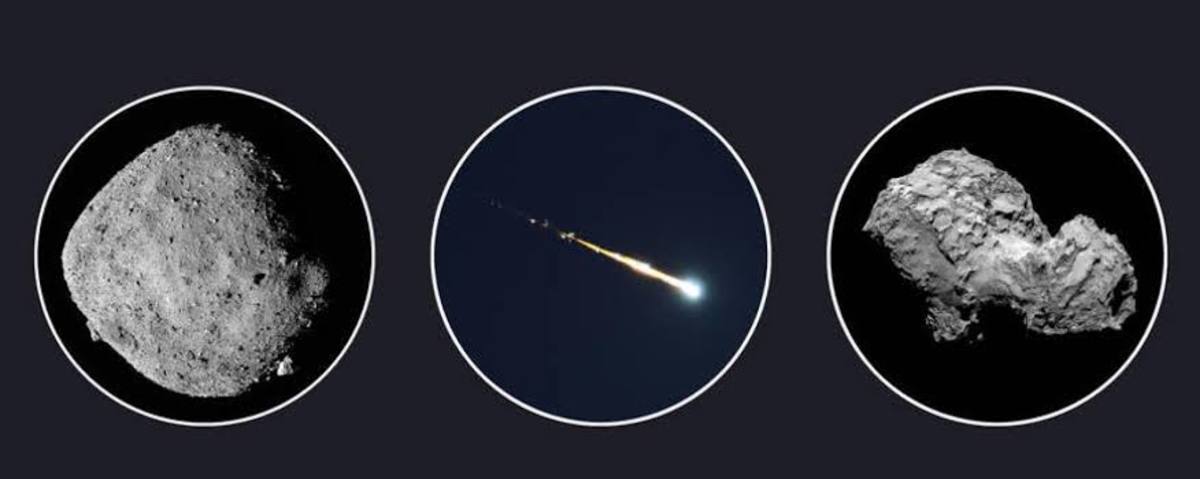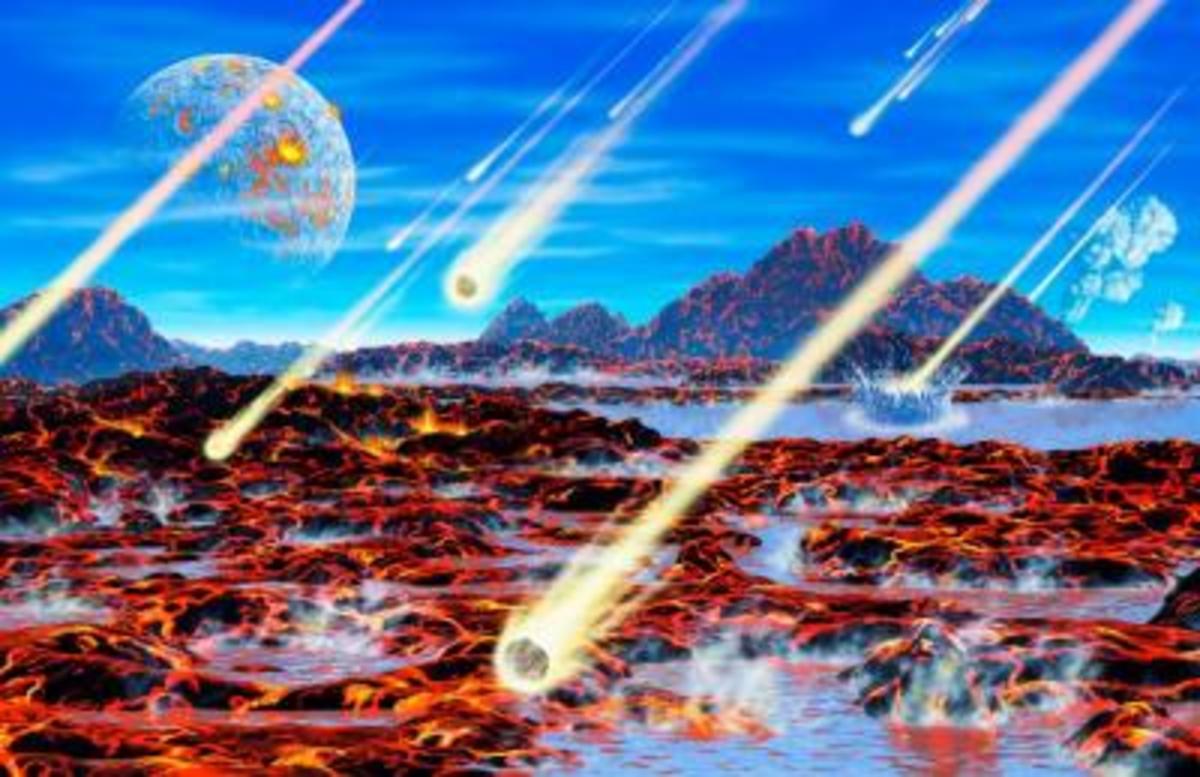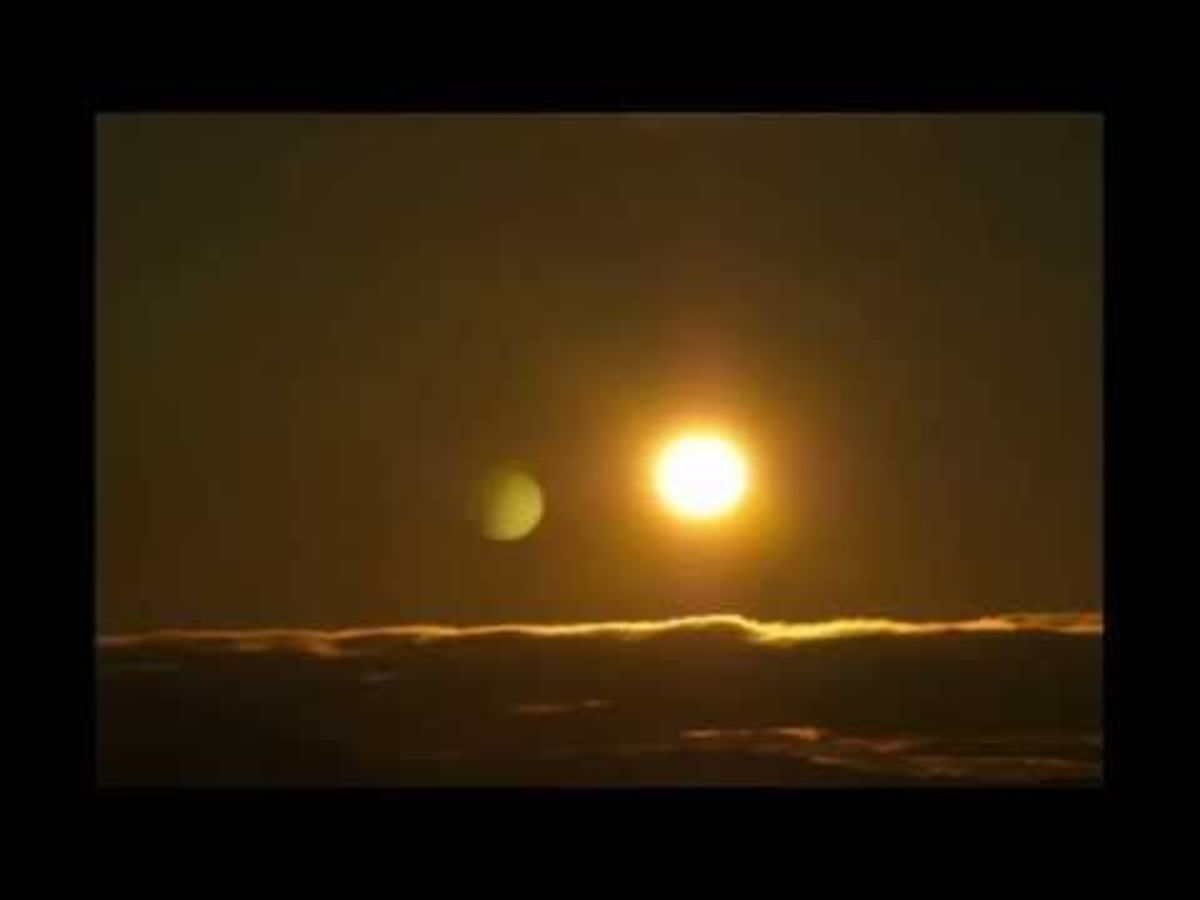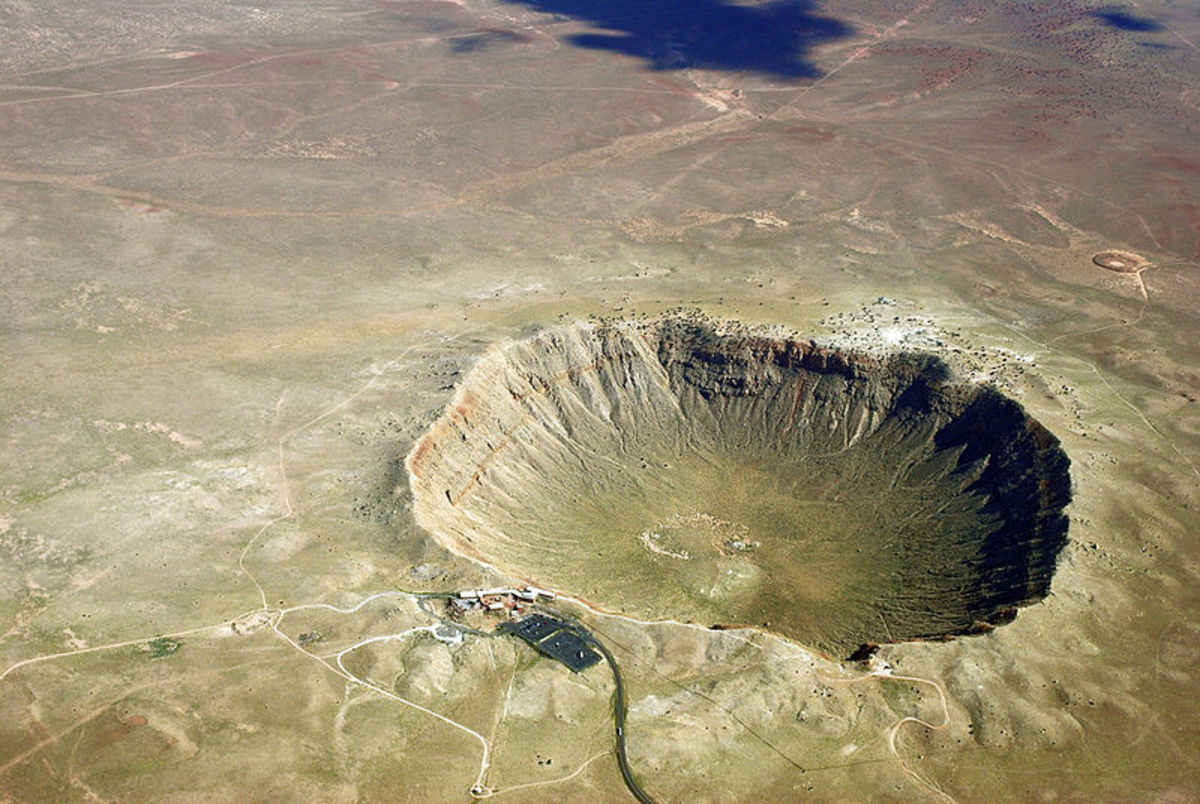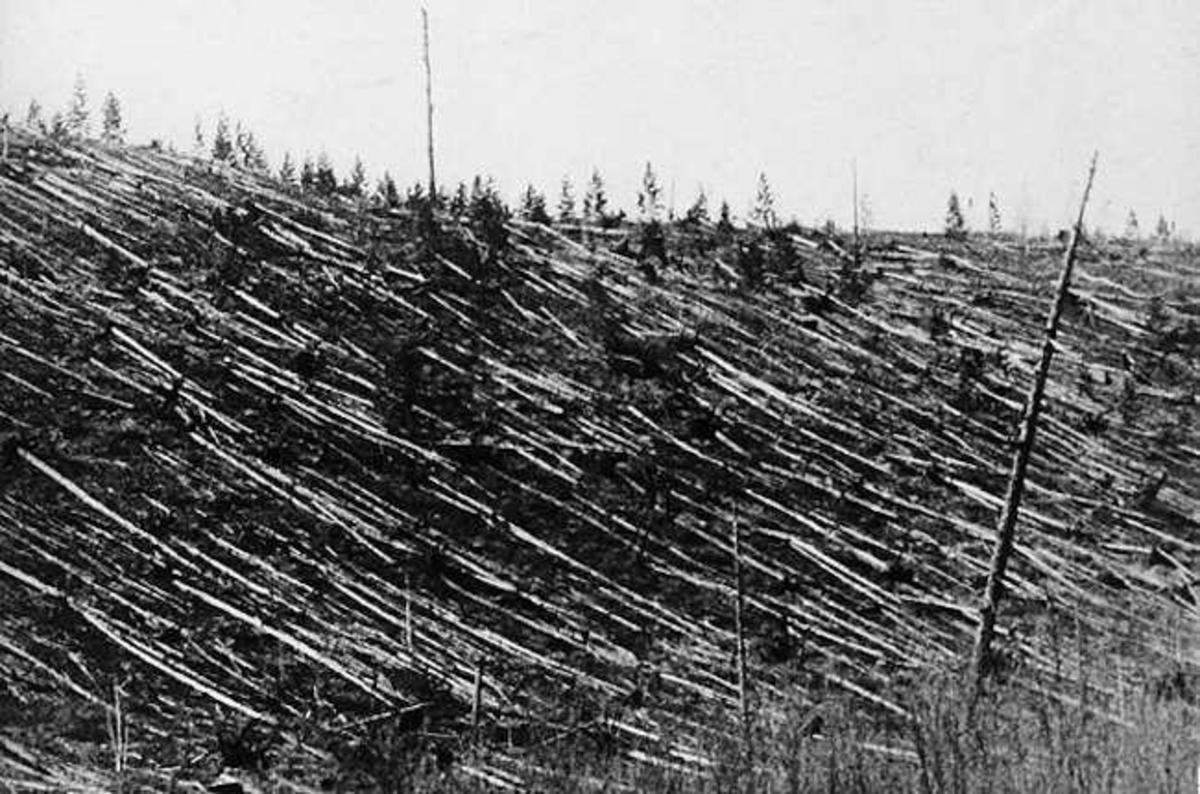All About Comets
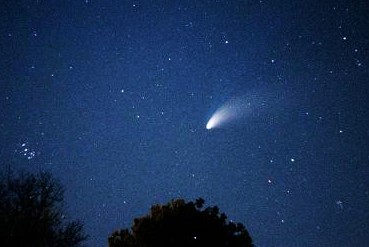
By Joan Whetzel
The dazzling object slowly makes its way across the night sky with its wispy tail trailing behind. Known as the Hale Bopp comet was discovered in 1995 and made its first recorded journey close to Earth in 1997. Comet Hale Bopp has an estimated orbit of 4,200 years, which may explain why there has been no historic recording of its presence. However, since it made its appearance just over a decade ago, it is still a marvel that inspires a lot of study, speculation and imaginative wondering. Since people get so few opportunities to witness such grand events (Halley's comet has a 75 year orbit and was last seen in 1986), they often wonder just what comets are and what makes them light up the night sky the way they do.
What Are Comets?
Comets consist of a rocky core encapsulated in a frozen ball of water (or on rare occassions - ammonia, methane or CO2) which is mixed with space dirt. It is believed that these rocky-centered snowballs were originally been cast off during the formation of the gas giants: Jupiter, Saturn, Uranus and Neptune. Comets are comprised of a nucleus (the rocky core), a coma (the icy shell), a plasma tail (gas escaping as the ice melts), and a dust tail (released with the gases as the ice melts). The dust tails can reach as long as 100 kilometers. Although no one has actually been close enough to a comet to see the nucleus, there is no scientific doubt that comets have one. What distinguishes comets from asteroids is the presence of a coma or a tail. Asteroids contain only the rocky fragments of a demolished planet.
What Makes Comets Shine?
As the comet gets closer to the sun, it becomes more visible because the coma absorbs more light than it reflects. It's proximity to the sun's warmth means that the coma - collected during long years in space - starts melting, releasing gas, water, and cosmic dust to form a colorful tail behind it. The mixture of gases is what gives the tail its color while the dust reflects the light, making it more visible in the night sky. The comet's brightness depends on the size of its nucleus, which scatters the sunlight. As the comet pulls away from the sun, returning to the furthest reaches of its elliptical orbit in the outer solar system, it adds ice and dust to the coma, replacing what was lost during its close encounters with the sun.
The Path of the Comet
The solar radiation gives comets their luminosity and brightness, whereas the solar wind blows the tail of gasses and dust away from the comet. The tails face away from the sun because the solar winds repel the gasses and debris outward, away from the sun.
Almost all of the known comets were formed in the Kuiper Belt and the Oort Cloud on the outer reaches of the solar system. Comets usually spend billions of years in their location of origin, unless knocked off course by collision with another bit of space debris. These collisions are what sets the comets on their orbital paths. They make long, elliptical orbits around the sun and do not travel beyond Neptune's orbit. Since the 1986 viewing of the Hale-Bopp comet was the first known event of its kind, its origin and exact orbital path are uncertain at best.
Comets have been observed by astronomers since ancient times. The ancient astronomers believed they were bad omens or dreaded harbingers of terrible events or phenomena about to occur. Today they are considered interesting phenomena to be studied, since they hold evidence about the formation of our solar system - and potentially about the universe itself.


